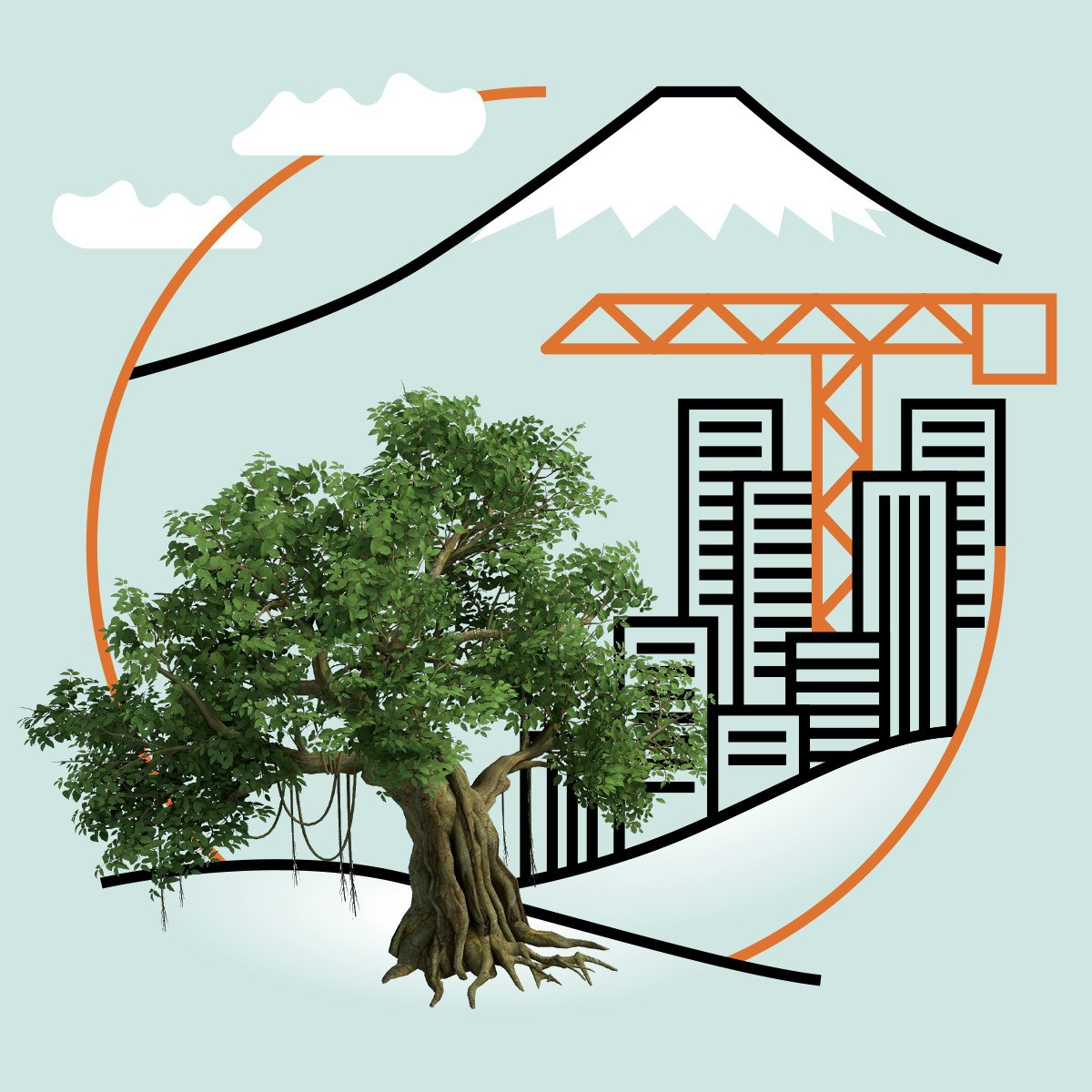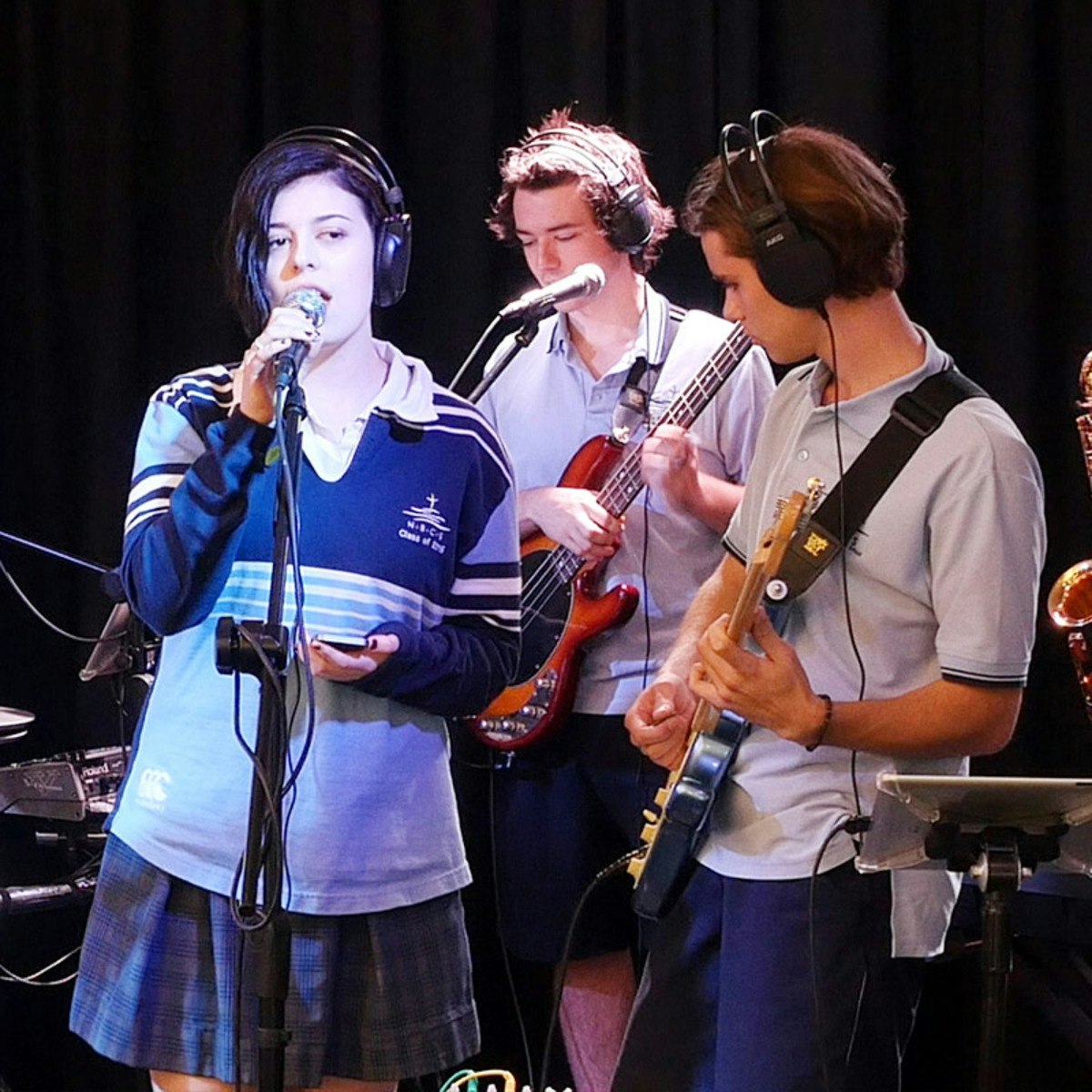Back to Courses









Music And Art Courses - Page 23
Showing results 221-230 of 257

History of Rock, Part One
This course, part 1 of a 2-course sequence, examines the history of rock, primarily as it unfolded in the United States, from the days before rock (pre-1955) to the end of the 1960s. This course covers the music of Elvis Presley, Chuck Berry, Phil Spector, Bob Dylan, the Beatles, the Rolling Stones, Jimi Hendrix, Cream, and many more artists, with an emphasis both on cultural context and on the music itself. We will also explore how developments in the music business and in technology helped shape the ways in which styles developed.
Rock emerged in the mid 1950s as a blending of mainstream pop, rhythm and blues, and country and western--styles that previously had remained relatively separate. This new style became the music of the emerging youth culture and was often associated with teen rebellion. We will follow the story of how this rowdy first wave of rock and roll (1955-59) was tamed in the early 60s but came roaring back with the Beatles and the Rolling Stones and then went psychedelic by the end of the decade.

Edit your photos for Social Media with Easil
By the end of this project, you will learn how to edit photos for social media using the free version of Easil. An essential role of your social media marketing strategy is to establish your online identity and to appeal to your users, many times on a lean marketing budget. Outstanding images will help you reach this goal, but you don’t need to be a professional photographer to create Eye-catching images and photo projects. You can use Easil to complete this project because it provides all the tools you need to edit photos for social media while offering a variety of options for sharing and publishing.
Easil makes it possible for everyone to easily create and implement creative edits with online design tools to use when marketing their business.

The American South: Its Stories, Music, and Art
From small farms to urban neighborhoods, from the region itself to the more distant worlds of the southern diaspora, we discover the stories, music, and art of the American South.

Asian Environmental Humanities: Landscapes in Transition
In this course, featuring many researchers from the University of Zurich and international institutions, we will introduce you to some of the most vibrant cultural trends addressing landscape appreciation, degradation, protection, and rehabilitation that currently circulate in the Asian hemisphere. You will learn about concepts of landscape in Asian religions, philosophy, social sciences, history and the arts and their reverberation in selected environmental projects in China, India and Japan. Furthermore, we will discuss how they are critically reflected upon in the context of the environmental humanities, and observe how an interdisciplinary approach towards regional ecosystems past and present reaches out beyond pragmatic technological solutions to mitigate environmental damage. Following us on our different paths and trajectories through the five modules of the course, you will encounter many of the reasons why environmental humanities study projects which strive to change people’s prevalent attitudes, values and behavioural patterns in order to redeem the rapidly globalizing crisis, and how they go about it.
Having acquainted yourself with the stories Asia’s landscapes – and landscape representations – tell about actual and possible human-nature relationships, you can compare and evaluate their potential to bring about the desired change and define your own range of actions as an informed stakeholder for creating a sustainable future. What is arguably no less intriguing: you will learn how to appreciate a broad range of eco-aesthetic forms that re-enchant our lives by creatively interacting with the more-than-human world.
You can follow the five modules of the course consecutively or just study the modules that interest you the most. If you want to earn a certificate, you need to complete all of the modules including the quizzes at the end of each module.
THESE ARE THE TOPICS OF THE 5 MODULES OF THIS COURSE:
Module 1: Concepts of landscape past and present and their cosmological underpinnings.
Module 2: Entangled landscapes comprising cultural flows of concepts and forms, contemporary gardens on the move, nostalgic elegies of demolished sites and rural reconstruction projects.
Module 3: Discussion of two religious communities in India (the Parsi-Zoroastrians and the Auroville community) and their relationship with the environment.
Module 4: Environmental debates tackling religious concepts and social practices and the problem of waste disposal in India.
Module 5: Environmental movements and the impact of Fukushima on attitudes towards nuclear energy in Japan, creative activism including arts projects and documentaries to protest against pollution and landscape degradation and raise environmental awareness in the Sinosphere, and emergent concepts for sustainable community life on the planet.

How to Transform and Warp Layers in Adobe Photoshop
By the end of this project, you’ll be able to transform and warp layers in Adobe Photoshop. Bend and twist images into new shapes, swap screens, and create interesting composites with these two important Photoshop features.
During this project, you’ll import and edit images, swap screens, and warp multiple layers to create an interesting composite, completed with multiple warp effects.

How Layers Work in Adobe Photoshop
By the end of this project, you’ll be able to create and use layers in Adobe Photoshop. Inside Photoshop, you can use layers to quickly create everything from amazing digital art to high-quality photo retouches.
During this project, you'll use layers to create multiple digital art pieces, all based on a single photo. First, you’ll get used to navigating the Photoshop workspace, layer panel, and layer options. Then you’ll import an image and use that to create an eye-catching digital art piece. Then you’ll learn how to export your work in one piece or automatically turn layers into separate files.
By the end of the project, you’ll be comfortable using layers in Photoshop, and you’ll know how to create endless variations on a single image.

Foundations of User Experience (UX) Design
Foundations of User Experience (UX) Design is the first of a series of seven courses that will equip you with the skills needed to apply to entry-level jobs in user experience design. UX designers focus on the interactions that people have with products like websites, mobile apps, and physical objects. UX designers make those everyday interactions usable, enjoyable, and accessible. The role of an entry-level UX designer might include empathizing with users, defining their pain points, coming up with ideas for design solutions, creating wireframes, prototypes, and mockups, and testing designs to get feedback.
Current UX designers and researchers at Google will serve as your instructors, and you will complete hands-on activities that simulate real-world UX design scenarios.
Learners who complete the seven courses in this certificate program should be equipped to apply for entry-level jobs as UX designers. No previous experience is necessary.
By the end of this course, you will be able to:
- Define the field of UX and explain why it’s important for consumers and businesses.
- Understand foundational concepts in UX design, such as user-centered design, the design process, accessibility, and equity-focused design.
- Identify the factors that contribute to great user experience design.
- Review common job responsibilities of entry-level UX designers and teams that they work with.
- Explore job opportunities and career paths within the field of user experience.
- Explain why design sprints are an important and useful part of a UX designer’s work.
- Describe common UX research methods.
- Identify and account for biases in UX research.

How to combine shapes in Adobe Illustrator
By the end of this project, you would be able to combine shapes in Adobe Illustrator. During this project, we are going to learn how to combine shapes and create a design with them. We will be working on three complete figures so that you can practice and learn about the whole process of creation, expansion, and combination of these forms.
In the first part of the project, we will begin to create our figures, we will add color to them, we will move them between different layers so that you know all the options that you have available during the process.
We will also see how they expand, shrink, copy, or regenerate different shapes in case you want to make more complex shapes. After completing this project, you will be able to combine figures and it will allow you to create your logo or design.

How to mask images into frames using Adobe Photoshop
In this project, you will be learning how to use frames to mask images in Adobe Photoshop. The frame tool is a rather new tool in Adobe Photoshop. There's a world of tools and things to learn about Adobe Photoshop. That's why it is important to focus your attention on one tool at a time to be able to dominate everything. It's incredibly important to learn how to use each and every one of the tools that a software as advanced as Photoshop offers in order to elevate our value as editors, content creators, photographers, and designers.
In this project you'll learn how to locate, and use and apply this tool to better yourself as a Adobe Photoshop user. You will be creating a mock up, designing a landing page, and masking images into texts.

The Place of Music in 21st Century Education
What do children need from education now, and in the future? How is technology best used in teaching and learning? How can innovative approaches to education be reconciled with established, traditional ones? What does student-centred learning really mean?
This five module course is not just for classroom or ensemble music educators. It’s suitable for anyone interested in creativity-infused education, in contemporary education issues, and in the integration and use of digital technology. It’s designed to challenge old paradigms, to inspire innovative and creative pedagogical philosophies, and to develop your ability to critically respond to the latest research.
We’ll visit schools with vastly different approaches to learning and teaching, and meet inspiring teachers and principals. We’ll venture inside the classroom to closely observe how technology is integrated with music education – or how it’s decidedly not!
We’ll talk to international leaders and experts about innovative and traditional approaches to music education, and I’ll provide insights from my own practice as well as from some of my students.
I’ll be provoking you to think critically and creatively, to develop your own ideas and theories around students’ educational needs and the impact of digital technologies, now and into the future.
Copy and paste this link into your browser to watch the trailer:
http://tinyurl.com/music-education-21st-century
Popular Internships and Jobs by Categories
Find Jobs & Internships
Browse
© 2024 BoostGrad | All rights reserved